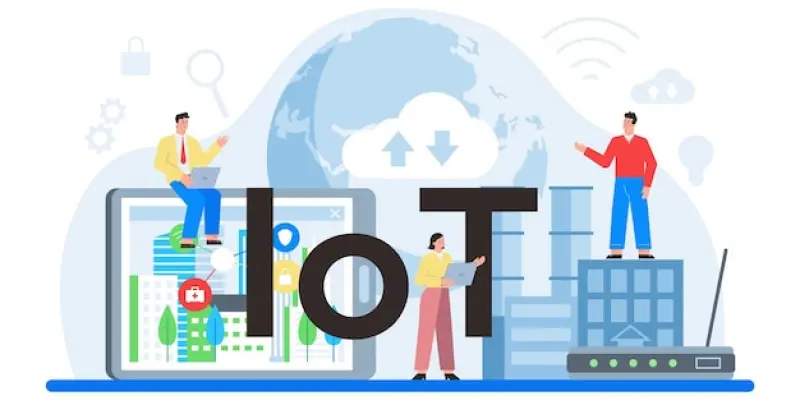In a decisive move reflecting the complex dynamics of the Internet of Things sector, Swiss IoT module maker u-blox has announced its exit from the cellular IoT space. This decision is a consequence of persistent financial losses and increasing competition from Chinese counterparts. The company reported CHF 15 million in losses from its cellular IoT unit in the first half of this year, set against CHF 27 million in revenue. This prompted a strategic shift towards more lucrative segments, such as GNSS satellite positioning and IoT connectivity for short-range applications. Compounding u-blox’s challenges were difficulties in the 5G-based IoT development cycle and the failure of an attempted software integration to boost profit margins. The landscape of the IoT industry, characterized by intense competition and rapid technological advancements, played a critical role in influencing this decision.
Pressure from Chinese Vendors
The decision by u-blox to discontinue its operations in the cellular IoT sector was largely influenced by the dominance of Chinese vendors in the global market. These vendors have aggressively lowered their prices, creating a challenging environment for Western companies like u-blox to remain competitive. The disparity in cost structures has made it difficult for u-blox to scale effectively and compete, particularly in a market where pricing is a critical factor. Attempts to sell this division were unsuccessful, leading to a reassessment of the company’s focus and resources. Analysts point out that u-blox’s limited customer base and a backlog from post-COVID orders have added additional financial pressure. By strategically redirecting efforts, u-blox plans to seize opportunities in more profitable sectors, such as GNSS and short-range IoT markets, where their technological strengths can be better utilized. This pivotal shift signals an intention to stabilize the company financially and foster sustainable growth by exploring new areas with greater potential for expansion.

